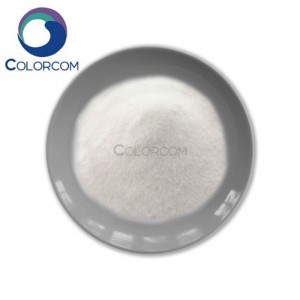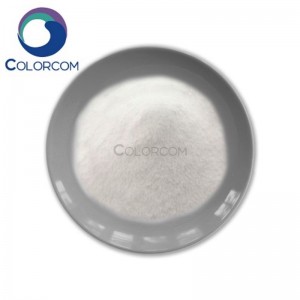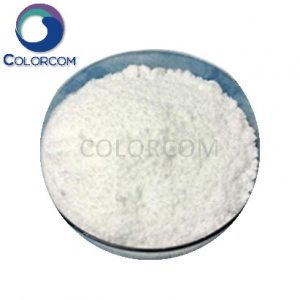Adenosine 5′-monophosphate disodium salt | 4578-31-8
Product Description
Adenosine 5'-monophosphate disodium salt (AMP disodium) is a chemical compound derived from adenosine, a nucleoside crucial in cellular metabolism and energy transfer.
Chemical Structure: AMP disodium consists of adenosine, which comprises the adenine base and the five-carbon sugar ribose, linked to a single phosphate group at the 5' carbon of the ribose. The disodium salt form enhances its solubility in aqueous solutions.
Biological Role: AMP disodium is an essential molecule involved in various cellular processes:
Energy Metabolism: AMP participates in the synthesis and breakdown of adenosine triphosphate (ATP), the primary energy carrier in cells. It serves as a precursor for ATP synthesis and is also generated during ATP breakdown.
Signaling Molecule: AMP can act as a signaling molecule, modulating cellular processes and metabolic pathways in response to changing energy demands and environmental cues.
Physiological Functions
ATP Synthesis: AMP disodium is involved in the adenylate kinase reaction, where it can be phosphorylated to form adenosine diphosphate (ADP), which can then be further phosphorylated to form ATP.
Cellular Signaling: AMP levels within cells can serve as indicators of energy status and metabolic activity, influencing signaling pathways such as AMP-activated protein kinase (AMPK), which regulates cellular metabolism and energy homeostasis.
Research and Therapeutic Applications
Cell Culture Studies: AMP disodium is used in cell culture media to provide a source of adenosine nucleotides for cell growth and proliferation.
Pharmacological Research: AMP and its derivatives are studied for potential therapeutic applications, including metabolic disorders, cardiovascular diseases, and cancer.
Administration: In laboratory settings, AMP disodium is typically dissolved in aqueous solutions for experimental use. Its solubility in water makes it suitable for various applications in cell culture, biochemical assays, and molecular biology experiments.
Pharmacological Considerations: While AMP disodium itself may not be used directly as a therapeutic agent, its role as a precursor in ATP synthesis and its involvement in cellular signaling pathways make it relevant in pharmaceutical research and drug discovery efforts targeting metabolic disorders and other diseases related to energy metabolism.
Package
25KG/BAG or as you request.
Storage
Store at a ventilated, dry place.
Executive Standard
International Standard.









